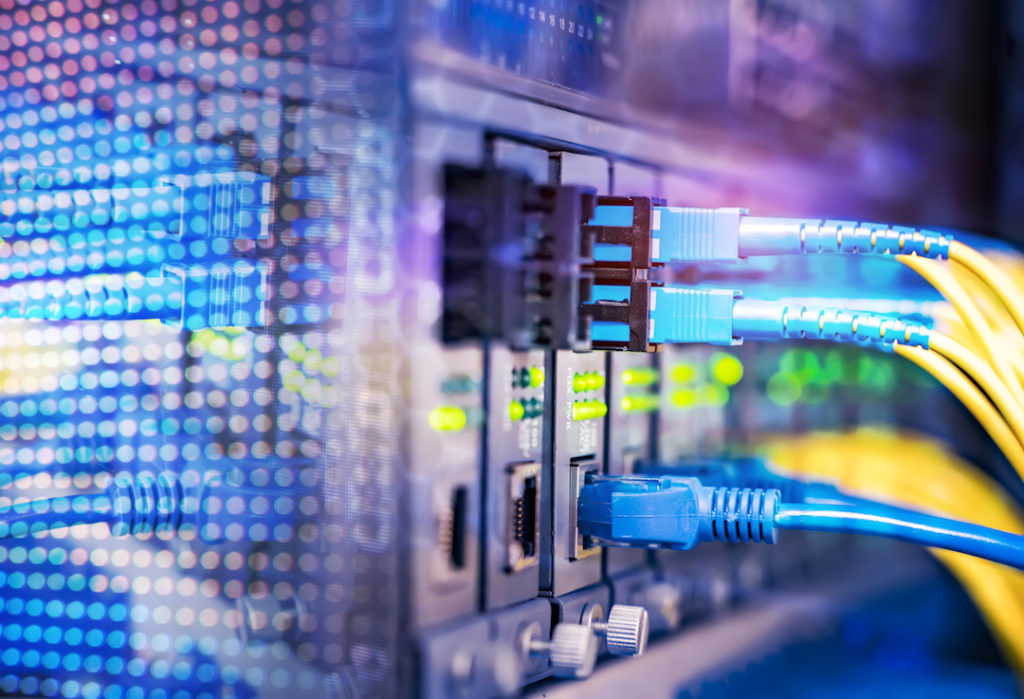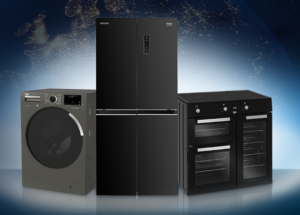BUSINESS-TECH | Cloud computing vs Edge computing: The essentials
All emerging technologies have an impact on how data are processed and transmitted back to the end user.

Fiber Optic cables and UTP Network cables
All emerging technologies such as digital transformation, 5G, internet of Things, data analytics and new software development, have an impact on how data are processed and transmitted back to the end user.
Issues pertaining to latency and bandwidth gain significant traction depending on how fast the user needs the data. Obviously, the data demands of the health care sector would be entirely different from those of a research and development institution not just on content and quality but above all, the speed it gets to the end user or even the decision maker.
In response to varied end-user data storage and data access requirements, two types of computing architecture have emerged – cloud computing and its heir apparent, edge computing.
Tech Sabado helps separate the hype from the real score between these two apparently competing platforms. In the first place, are they even contending data delivery platforms? We pass on what our research inquiry has found out, as follows.
Definition of terms
• Cloud computing is implemented when the storage, processing, computing and analysis of massive amounts of data takes place in a central location, usually a data center. To gain access to the data or applications associated with the data, devices must first connect to the cloud. Data centers are typically remote and it takes time, however insignificant, between collection and processing of data, which may not be much of an issue for most of today’s use cases.
• Edge computing, on the other hand, puts the storage, compute and analyze nearer to the data source or at the ‘edge’ of the network so that the lags in response times are significantly reduced. Rather than send data back and forth between source and the remote processing center, edge-enabled devices could access data in real time since its processing has been relocated to the edge of the network. It’s noteworthy that edge computing is coming of age when latency and bandwidth are vital considerations in the success of upcoming data-intensive innovations like driverless vehicles, remote surgery and virtual reality.
Their respective advantages
• Cloud computing benefits:
– Cost savings since capital costs are borne by the service provider and no need for trained personnel
– Access to the latest and applications any time without spending time and money on new installations
– Easier to get the back-up and disaster recovery of data stored in the cloud
– Unlimited storage capacity which allows large-scale data analysis
– On-demand self-service
• Edge computing benefits
– Top speed in responding to situations where lag in milliseconds could spell profit or loss, even life or death
– Top security since data is at the network’s edge and safe from cyberattacks and power outages that may occur when data travels between source and data center
– Better reliability since there is less chance that a glitch or problem in the remote location could adversely impact local users
– Increasing scalability of computing, storage, and analytics capabilities of data processing at-the-network’s edge
Best applications
• Cloud computing
– In cloud storage, Gmail, Facebook, Dropbox
– In healthcare, ClearDATA, Dell’s Secure Healthcare Cloud
– In governance, government, multinational companies, international aid agencies and NGOs
• Edge computing
– Streaming services whereby service providers like Neflix could satisfy a gazillion variety of a billion demanding customers
– On the horizon innovations such as autonomous vehicles, industrial automation predictive maintenance and connected homes and offices
So, which is better?
Experts agree that cloud and edge computing are not competing architectures. One isn’t expected to replace the other.
They would be better at complementing each other’s major capabilities. One scenario sees a cooperative collaboration where data from various connected devices are collected in a local edge enabled platform, assessed at the network for quality assurance and then transferred to the central data center or cloud for massive analytics.



